Meet the 5 artists who are depicting social issues and driving change through their artworks
Nagpur-based Shweta Bhattad is creating sculptures and using live performance to showcase the exploitation of Indian farmers while Veer Munshi paintings delve into issues in the Kashmir Valley. Here are five artists leading social change through their work.
For ages, artists have inspired change. Art helps us express deep-rooted social issues, and its different interpretations and responses have helped people drive change for centuries.
From using powerful imagery, colours, and hues, artists can show you what’s happening in society and make us ponder on several issues like women’s safety, political violence, farmers suicide, and climate change.
Social Story brings you five artists of today who are using art to lead social change in India.
Shweta Bhattad
Nagpur-based Shweta Bhattad uses her artwork to portray issues in society such as women’s education, safety for young girls, and farmers' woes.
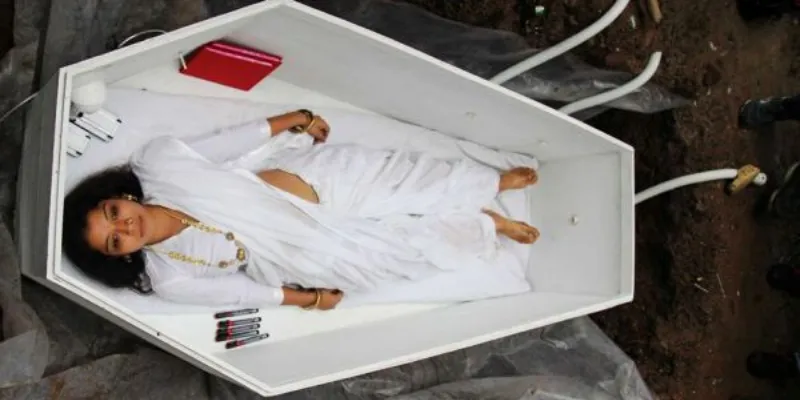
An installation by Shweta Bhattad. (Image Credit: caleidoscope.in)
A lot of her views are depicted through sculpture and visual performance. One project that garnered Shweta a lot of respect was her community-based ‘Farmer’s Haat’ initiative, where she brought together farmers and consumers to meet and share their thoughts under one roof.
Shweta created a powerful sculpture piece in which she dressed in white and lay in an open coffin in the ground for over three hours, chanting ‘Vishwas’ (faith.) Through this, she wanted to portray farmer exploitation in India, and the constant near-death struggles they face on a day-to-day basis when crop cycles suffer and they go into debt.
Her ‘The Gram Art Project’ used sculptures and performances as a medium to show the need for the uplift of the underprivileged.
Shweta has also been creating limited edition seed calendars for the last two years. These calendars are biodegradable and made by women in rural Madhya Pradesh. They are made from waste paper, cloth, and organically grown indigenous cotton. Each calendar is unique in appearance as it is made from different types of waste material, and can be ordered on the gramartproject website.
Veer Munshi
Delhi-based and Kashmiri-born artist Veer Munshi was forced to migrate from his state in 1990. In his powerful artwork and paintings, he shows the anguish of Kashmir, and what it means to be termed an ‘exiled refugee’.
A lot of his work is inspired by his emotions towards the situation of citizens in Kashmir and the political climate.

Artist Veer Munshi (Image Credit: The Hindu)
Primarily a visual artist, Veer uses several mediums to express pain, conflict, struggle, and the need for freedom. Most of his paintings are based on his own experiences and living situation while others are observations and interpretations.
Veer wants people to be aware of the changes that have taken place in Kashmir over the last decade, and to reflect on their present living situation through his artworks.
He has participated in several shows both in India and overseas, and was awarded the Krishan Ju Razdan Puruskar in 2003, a junior fellowship from the Government of India, and a research grant fellowship from the Lalit Kala Academy.
Some of his most famous works include ‘Terrorist on a floating land’, and the shrine-like structure he created at the Kochi Muziris Biennale in 2018, which includes baby coffins and papier-mache skulls on the inside, surrounded by the works of 14 other Kashmiri artists who were affected by the turmoil that took place in 1989.
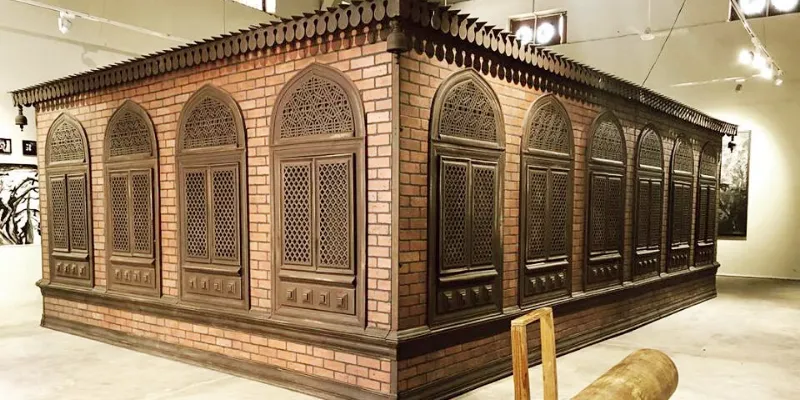
Veer Munshi's installation (Image Credit: Kashmirlife.net)
“Most Kashmiri artists have been in and out of the Valley since the 1990s,” Munshi told The Asian Age. “While some belonging to the minority Hindu community fled as part of mass exodus, the others — mostly Muslims — stayed back. Both have suffered in these shrinking cultural spaces,”
Further, he explained that the only recourse is to give life and return love to the region; embrace it and become strong.
Jasjyoth Singh Hans
Delhi-born artist Jasjyoth Singh Hans uses social media as a platform to speak of issues like body positivity, bullying, and homosexuality.
A recipient of the Silver MoCCA Award of Excellence 2017 from the Society of Illustrators in New York, his Instagram channel propagates 'breaking away' from stereotypes with doodles that show women not succumbing to societal notions of 'feminity'.
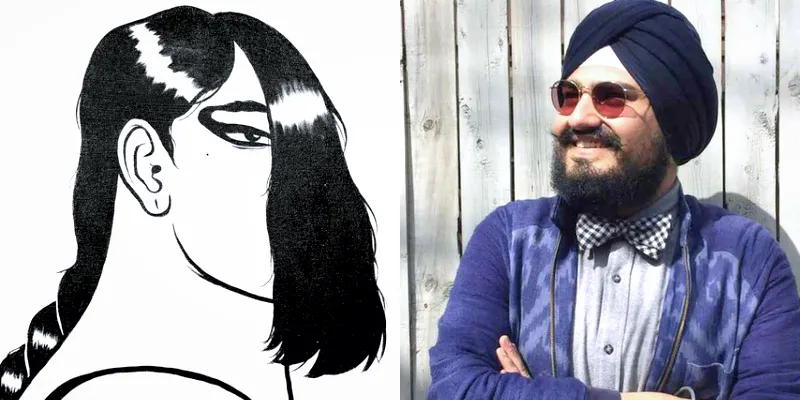
Jasjyot's artwork on feminity (Image Credit: artsy.net)
Jasjyot's art is a mix of modern contemporary art, yet holds the authenticity of the time bygone. He started by drawing and sketching issues that he felt mattered most with the support and guidance of his peers and professors.
Taking inspiration from his own life and how he was bullied for being a plus-sized man, he started speaking of body positivity, using hashtags such as #Bigisbeautiful and #BadaBehtarHai.
"For far too long women have been told how to act and behave, and are allowed lesser and lesser agency over their own bodies and navigating their emotions. It happened with most of our grandmothers, mothers, and sisters. And I’ve seen it happen, and I think it is unfair. Everyone has the right to express any emotion they feel. The women I draw are my way of reminding people of that, and to realise that they are still beautiful," he says.
Soumya Sankar Bose
A 28-year old documentary photographer based out of Midnapore in West Bengal, Soumya Sankar Bose has appeared in the Forbes ‘30 under 30’ special mentions list in 2018.
Soumya's photography aims to capture taboo topics in society and make viewers stop, question, reflect, and think. He has captured the lives of jatra artists in society struggling to make ends meet, shooting an entire series titled “Let’s sing an old song”.
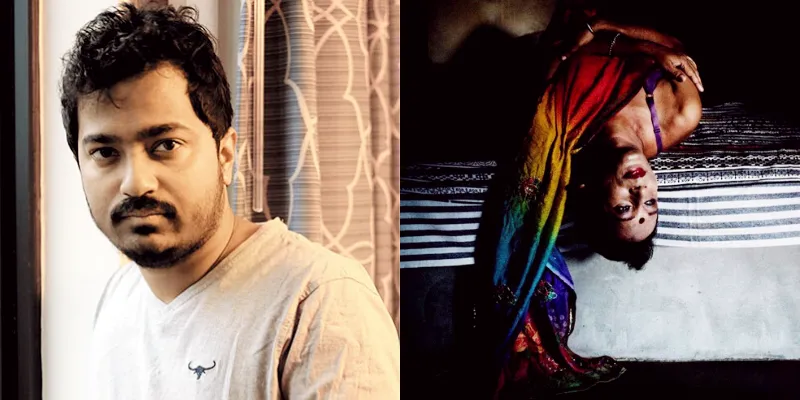
Soumya Sankar Bose, and image from his series 'Full moon dark night' (Image Credit: Granta.com)
Jatra performances were extremely prominent in the photographer’s childhood in West Bengal. However, the practice has slowly died out, and Soumya aims to bring back elements of the culture through his work.
Another series by , Full moon dark night, explores the struggles of people in the LGBTQIA+ community. It captures society's attitude towards the community, and the psychological turmoil they face.
Soumya uses a lot of visual metaphors in his photography to showcase anxiety and discomfort through the imagery of gas masks, a rough sea engulfing a man, and a tiger in the wild.
Sheela Gowda
A contemporary artist based out of Bangalore, Sheela’s works include sculptures and installations, and she often ventures into forms of mixed media. She has used material like kumkum, cow dung, human hair, gold leaf, coconut fibres, and needle and thread in her artworks and installations.
Sheela showcases the changing political landscape of India, and the condition of women as labourers, their safety issues, and sexual violence and crimes.
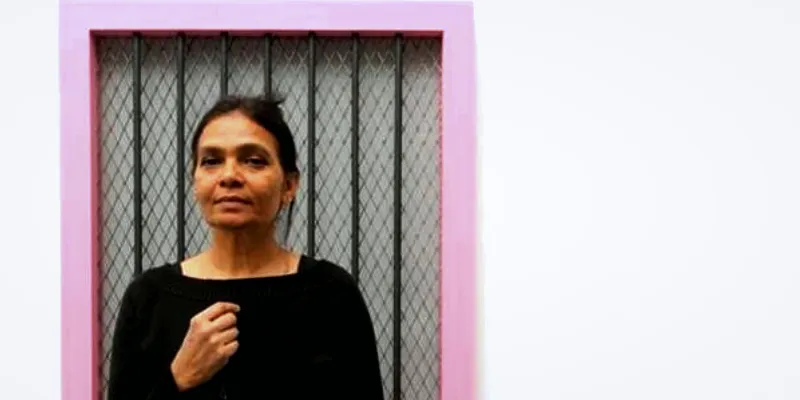
Artist Sheela Gowda (Image Credit: moma.org)
One of her most famous works highlighting the condition of women labourers is Tell him of my Pain (2001), which depicts women in the Indian spice and textile industry and their suppression due to patriarchy. For this, Sheela incorporated a number of kumkum-soaked threads to create a three-dimensional art piece.
Dark room (2006), another work by Sheela, is an installation of a two-metre tall hut made of rusted tar drums. This depicts the architecture of life in slums in India and the deprivation faced by developing countries.
When viewers walked into the piece, tiny beams of light hit their faces, as holes were punctured in to let the light through – to remind people that hope and dreams exist even in the direst situations.
(Edited by Saheli Sen Gupta)


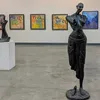
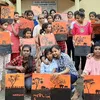
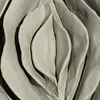
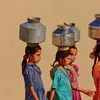

![[Funding alert] Zingbus raises Rs 44.6 Cr led by Infoedge ventures](https://images.yourstory.com/cs/2/b87effd06a6611e9ad333f8a4777438f/Imageyuw3-1616680107139.jpg?mode=crop&crop=faces&ar=1%3A1&format=auto&w=1920&q=75)


